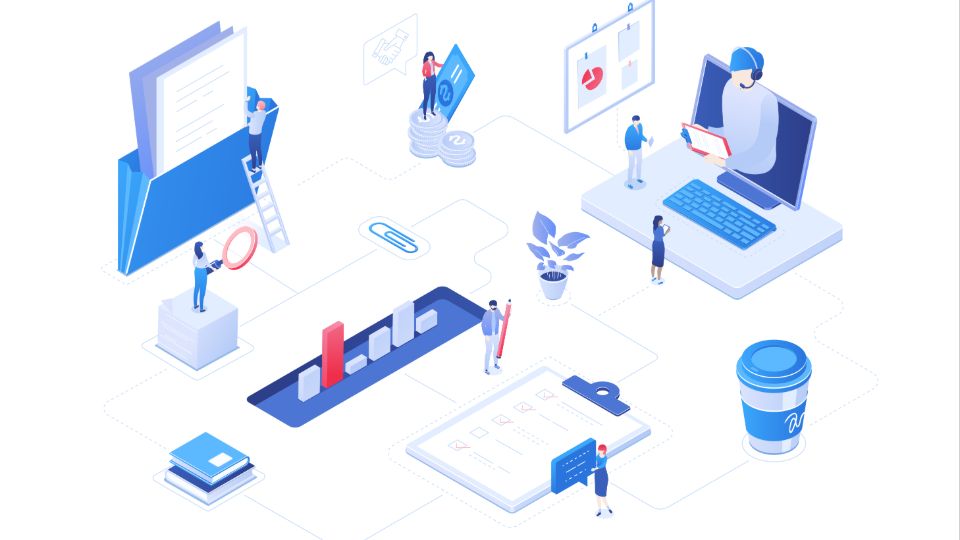Templates for Recurring Workflows: Streamlining Processes for Greater Efficiency
In any business, repetitive tasks can quickly become time-consuming and prone to error. Whether managing project timelines, onboarding new employees, or handling customer inquiries, recurring workflows can drain valuable resources. However, by using templates for recurring workflows, businesses can streamline processes, reduce human error, and boost productivity.
Why Use Templates for Recurring Workflows?
Templates for recurring workflows are pre-designed structures that can be reused for tasks that happen regularly. These templates save time, ensure consistency, and provide a clear structure for teams to follow. Instead of starting from scratch each time, templates provide a ready-to-use solution that simplifies execution.
Benefits of Templates:
- Time Savings: Templates eliminate the need to recreate processes, speeding up task completion.
- Consistency: Using templates ensures that the same standards and procedures are followed, minimizing errors.
- Efficiency: Repetitive tasks can be automated or simplified, freeing employees to focus on more strategic work.
Types of Recurring Workflows to Use Templates For
Several business processes are ideal for automation through templates. Here are a few examples:
- Project Management: Templates for project planning, timelines, and deliverables help standardize workflows and keep teams aligned.
- Onboarding: New employee onboarding templates ensure that tasks, training schedules, and necessary documentation are completed without missing steps.
- Content Creation: Templates for blog posts, newsletters, or social media posts streamline creation and maintain brand consistency.
- Client Communication: Pre-built email templates for follow-ups, proposals, and updates ensure consistent messaging and timely responses.
How Templates Improve Workflow Automation
Incorporating templates into workflow automation tools (such as Trello, Asana, or Monday.com) makes managing recurring tasks even more efficient.
By setting up automation triggers, businesses can ensure actions—like sending reminders or assigning tasks—are automatically triggered when a template is used. This reduces manual intervention and ensures nothing is overlooked.
Key Automation Tools:
- Zapier: Connects apps and automates repetitive tasks based on triggers.
- Trello: Offers reusable workflow templates for different projects.
- Monday.com: Provides customizable templates to automate workflows and manage team collaborations.
Best Practices for Using Templates
To maximize the benefits of templates, consider these best practices:
- Customization: Tailor templates to fit your team’s unique needs and tasks.
- Regular Updates: Review and update templates periodically to ensure they remain relevant and effective.
- Training: Ensure team members are properly trained on how to use templates for maximum efficiency.
Conclusion
Templates for recurring workflows are a powerful tool for any business looking to increase efficiency, reduce errors, and improve consistency. By implementing templates in daily operations, organizations can save time, streamline processes, and focus on more important strategic initiatives.
With the right tools and a thoughtful approach, templates can make a significant difference in how teams operate and collaborate.
